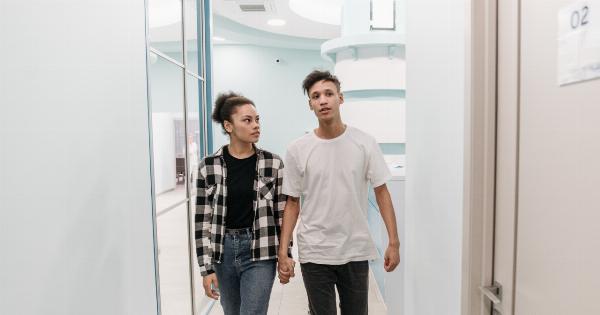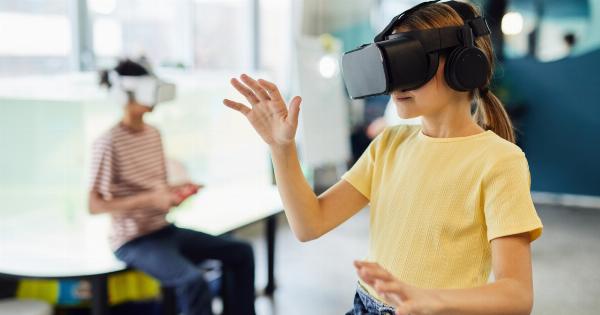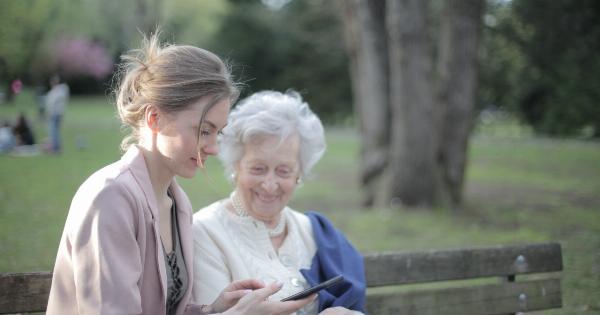Amblyopia, commonly known as “lazy eye,” is a vision disorder that affects approximately 3% of children worldwide. It occurs when the brain and the eyes do not work together properly, resulting in reduced vision in one eye.
Amblyopia can lead to long-term vision problems if left untreated, making early detection and intervention crucial. Traditional treatment methods often involve eye patching, eye drops, or glasses, which can be challenging for young children to comply with.
However, emerging research suggests that video games can be a promising and engaging tool to combat amblyopia in children.
Understanding Amblyopia
Amblyopia typically develops during early childhood when the brain favors one eye over the other. This preference can occur due to various reasons, including binocular vision problems, astigmatism, or strabismus (crossed eyes).
As a result, the brain begins to rely more heavily on the stronger eye, leading to weakened vision in the amblyopic eye.
The condition often goes unnoticed as children tend to compensate for their weak eye by relying more on the stronger one. Therefore, timely diagnosis is crucial to ensure early intervention and prevent long-term vision impairment.
Challenges of Traditional Treatment Methods
Historically, the primary treatment for amblyopia has involved covering the stronger eye with an eye patch. This forces the child to use and improve the vision in their weaker eye. While effective, this method poses several challenges:.
1. Non-compliance
Children often resist wearing an eye patch due to discomfort or social stigma. They may feel embarrassed or self-conscious about their appearance, leading to non-compliance with the treatment plan.
This lack of adherence can hinder progress and prolong the duration of treatment required.
2. Boredom and Lack of Engagement
Traditional treatments, such as eye patching, can be monotonous and repetitive. Young children may quickly lose interest, resulting in limited engagement and reduced efficacy of the treatment.
Motivating children to stick to the treatment regimen can be a significant challenge.
3. Limited Duration and Supervision
For eye patching to be effective, it must typically be done for several hours per day. However, ensuring continuous supervision and duration adherence can be difficult for parents, especially during school hours or other activities.
This inconsistency can impede progress and prolong treatment periods.
The Role of Video Games
In recent years, researchers have started exploring the potential of video games as a more engaging and effective alternative for amblyopia treatment. Video games offer several unique advantages:.
1. Visual Stimulation and Eye-Brain Coordination
Many video games require players to track objects, focus on specific targets, and distinguish colors and shapes.
These activities provide continuous visual stimulation, helping to improve eye- brain coordination and visual acuity in amblyopic individuals. The interactive nature of video games also encourages the brain to process visual stimuli more effectively.
2. Motivation and Engagement
Video games are inherently designed to be entertaining and engaging. This factor can be crucial when it comes to treating amblyopia in children, as it increases compliance and motivation.
By incorporating rewards, challenges, and progress tracking into video games, children are more likely to adhere to their treatment plans and make consistent progress.
3. Customization and Personalization
Video games offer opportunities for customization and personalization, allowing treatment to be tailored to individual needs.
Game settings can be adjusted to address specific vision problems, including contrast sensitivity, visual acuity, and eye alignment. This flexibility ensures that the games target the specific visual deficits of each child.
Evidence from Research
Various studies have demonstrated promising results in using video games for amblyopia treatment:.
1. The Research of Dr. Roger Li
Dr. Roger Li, an ophthalmologist at the Retina Foundation of the Southwest, conducted a study involving 28 children with amblyopia. The participants played video games for a total of 40 hours over a span of four weeks.
The study found a significant improvement in visual acuity of the amblyopic eye, indicating that video games can effectively enhance vision in children with amblyopia.
2. The Study Led by Dr. Gunilla Haegerström-Portnoy
Dr. Gunilla Haegerström-Portnoy led a study involving 7-year-old children diagnosed with amblyopia. The participants played a specific video game designed to improve contrast sensitivity for 40 minutes per day, five days a week.
After six weeks, significant improvements in contrast sensitivity were observed in the amblyopic eyes, suggesting the potential efficacy of video games in treating amblyopia.
Implementation Challenges and Considerations
While the use of video games shows promise for amblyopia treatment, several challenges and considerations must be addressed:.
1. Game Selection and Design
Not all video games are suitable for treating amblyopia. It is crucial to develop or select games specifically designed to target visual deficits associated with amblyopia.
Game developers and researchers must collaborate to create engaging and effective games that cater to the specific needs of amblyopic individuals.
2. FDA Approval and Medical Regulations
For video games to become an accepted form of amblyopia treatment, they must receive approval from regulatory bodies such as the U.S. Food and Drug Administration (FDA).
Collaborative efforts between game developers, ophthalmologists, and regulatory authorities are necessary to ensure the effective use of video games as a medical intervention.
3. Clinical Trials and Long-Term Studies
While initial research shows promising results, conducting extensive clinical trials and long-term studies is essential to validate the efficacy, long-term effects, and sustainability of video game-based amblyopia treatment.
This research will help determine optimal game design, treatment duration, and guidelines for healthcare professionals.
Conclusion
Video games offer a unique and engaging approach to combat amblyopia in children. Their interactive nature, customization options, and motivational elements make them an attractive alternative to traditional treatment methods.
However, further research, collaboration, and regulatory approval are necessary to ensure the effective implementation and widespread adoption of video games as part of amblyopia treatment. With continued advancements in technology and healthcare, video games have the potential to revolutionize the way we approach and treat vision disorders in children.






























